|
Since antiquity, art has been used to inspire, influence, and direct the minds of its viewers towards its creator's aim. Yet within the canon of art, no motif can be said to be more persuasive than depictions of war and military encounters, which often had the power to subdue or inflame depending on how each artist chose to represent their subject. Whether through the creation of propaganda or in the act of documenting the realities of war, artists and patrons have sought to give their struggles voice and to create narratives which still live on today. On this account, both Diego Velázquez's Surrender of Breda and Fransisco Goya's The Third of May 1808 distinguish themselves- not only for their individually singular approaches to war in their own times but also by how they have shaped the overall artistic wartime narratives. When placed side by side, these works not only present two sides of the spectrum of war imagery, from the civilized engagement of The Surrender of Breda to the expressive violence in The Third of May 1808, but they also work to relate the changing shape of Spanish identity and artistic practice.
0 Comments
Ambiguous Spaces & the Artistic Legacy of Modernity As a part of a constant continuum, the history of art can be seen as a large tapestry where upon tugging one thread, another responds - such is the intrinsic interwoven network of artists, their influences and their impacts upon the cloth as a whole. Motifs, subject matters and styles spread across the surface like different colors, popping up here and there, moving through time as a slow gradation bursts into a bright splash of color. Similarly, although they lived two centuries apart, the connection of 16th century Baroque painter Diego Velázquez's work to that of 19th century Realist Éduoard Manet's is undeniable. Each artist found themselves caught in the shades and reflections of the shifting societies that they were a part of - Velázquez in the aftermath of the Protestant Reformation and the Roman Catholic Church's subsequent Counter Reformation, and Manet working in the shadow of the revolutions and social upheavals which had gripped France for almost a century following the infamous French Revolution. Yet both Manet and Velásquez brought innovation to their works in spite of, or even maybe as a direct result of these social changes. It was Velásquez's loose impasto brushwork which paved the way for Manet's break from the academic painting into taches of color and graphic line. Though their career paths differed greatly, towards the end of their lives both artists chose to explore the medium and meaning of painting, expanding on their own roles as artists. Known as two of the most enigmatic paintings in art history, Las Meniñas by Diego Velázquez and A Bar at the Folies-Bergère by Éduoard Manet both present the viewer with paradoxical spaces through which the artists seek to examine the subject of gaze and painterly purpose within the concept of an ever-shifting genre scene.
As one of the most controversial paintings in the history of art, Éduoard Manet's Olympia caused quite a stir when it was shown in the 1865 Salon in Paris. Though he built on the foundations of the classical nude in his depiction, Manet brought his subject matter into the 19th century and eschewed the traditional methods of painting. Instead, working in his own manner, Manet created a style which was wholly his own, which despite the jeers of his critics, worked to inspire his contemporaries and helped to shape a movement that would change the face of art. Auguste Rodin, who lived from 1840-1917, was premiere sculptor of the 19th century. Largely credited as the founding father of modernist sculpture, his pieces tended be explorations of human emotion, form and physicality. No matter his subject matter, be it mythological, allegorical or portraiture, Rodin sought to capture the human condition. His piece Danaïd (1889) exemplifies many of these aspects through his use of naturalistic form, contrasting texture, and scale.
|
AuthorCrystal has a MA in the History of Art from Courtauld Institute of Art as well as a BFA in Art History from the Academy of Art University. Archives
November 2017
Categories
All
|

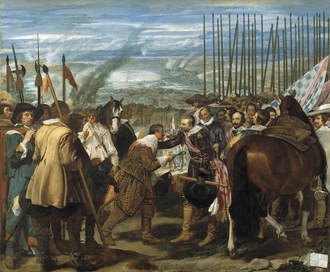
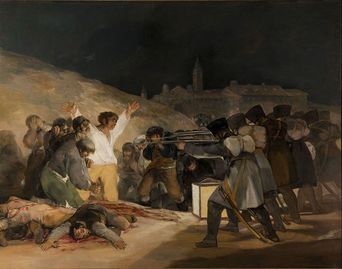
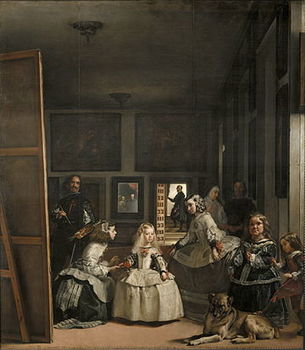
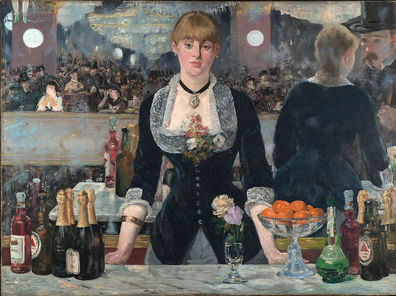
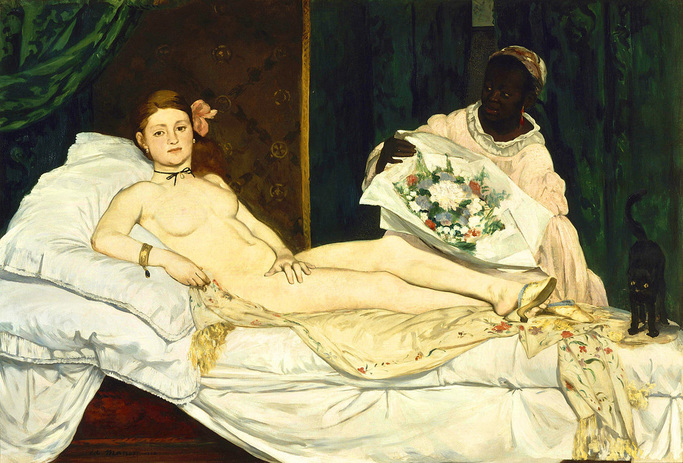
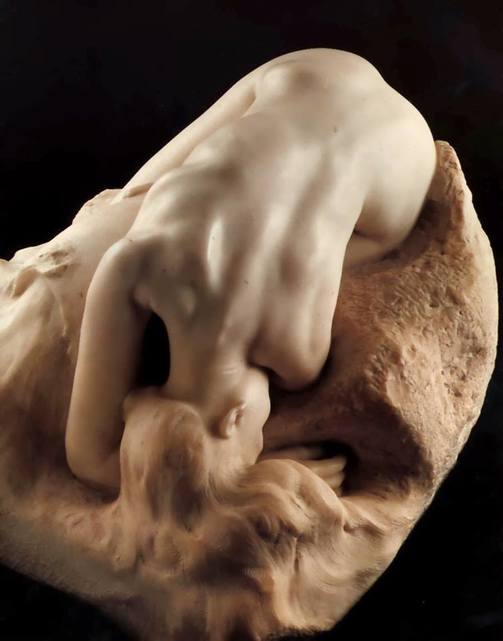

 RSS Feed
RSS Feed